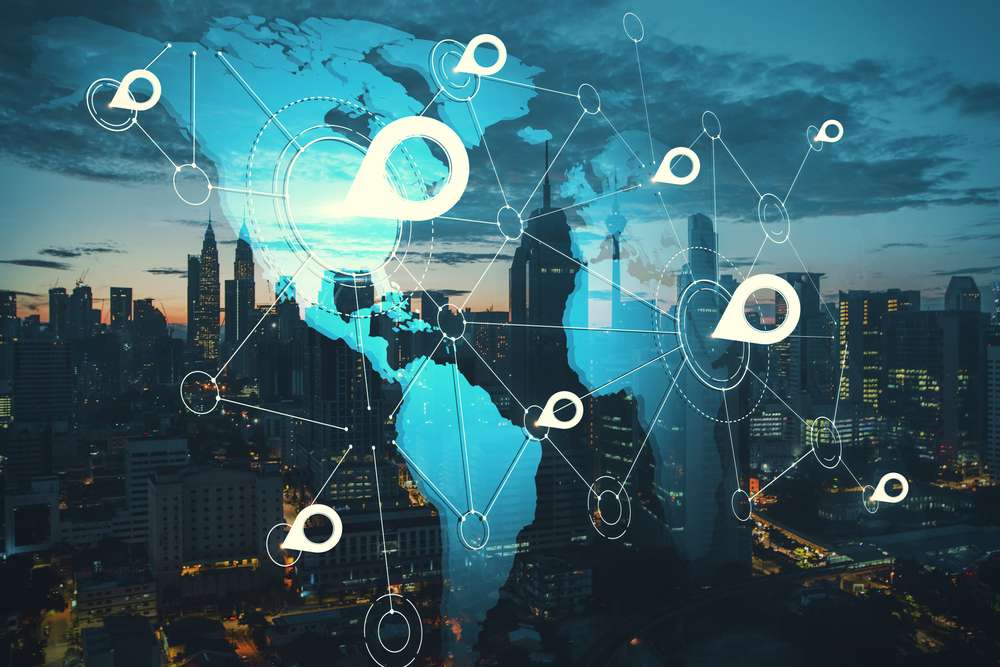
Impact of Geolocation on Personalized Learning Experiences
As technology continues to advance, the concept of personalized learning experiences has grown from novelty to necessity. One of the most intriguing advancements contributing to this growth is the integration of geolocation aspects into learning design. By allowing learning platforms to understand and utilize a learner’s physical location, educational content can be tailor-made to provide a location-aware personalized learning experience.
Geolocation can be used to create content that is relevant to specific cultures, geographies, or communities. For instance, a learning module related to history or culture can adapt to include information about the learner’s current location or their home region, offering a personalized and relatable learning experience. This sort of location-based customization allows learners to relate more with the content they’re absorbing, making the learning process far more engaging and impactful.
Apart from the cultural aspects, geolocation can also influence the logistical elements of learning. This includes guiding students to nearby learning resources or centers, adjusting learning schedules based on time zones, or even informing outdoor, field-based learning activities. Geolocation can transform the way we perceive distance education by bridging the geographical gap between learners and educators.
Moreover, the use of Augmented Reality (AR) and Virtual Reality (VR) in conjunction with geolocation can create immersive learning experiences, quite literally bringing learning content to life. For example, a field trip around local monuments can be enhanced through a layer of AR providing interactive information, creating a unique, personalized learning experience that could not be replicated without the use of geolocation.
However, the transition towards a more location-aware learning experience also presents challenges. Striking a balance between personalization and the privacy of a learner is crucial. While geolocation can improve the learning experience, it should not compromise the learner’s privacy or sense of safety. Hence, as learning experience designers, it will be vital to incorporate privacy clauses and options, allowing learners control over their geolocation data.
In conclusion, the integration of geolocation into learning experience design provides new opportunities to engage and connect with learners. By creating dynamic, relevant, and immersive content adapted to their specific location, education can be transformed into a more personalized and meaningful process. The future of learning design will certainly be influenced by how we harness the potential of geolocation, and it is an exciting prospect for learning experience designers.

Geolocation and Accessibility of Future Learning
As we march together into the future of a tech-driven age, one feature that continually redefines how we learn is Geolocation. It has started playing an increasingly pivotal role in enhancing accessibility, making learning more flexible and personal.
Geolocation, with its ability to detect and use the geographical position of a device, can make learning more accessible and targeted for learners worldwide. When location-based services are integrated into an education model, the possibilities for increased accessibility are boundless.
Smart algorithms can utilize geolocation data to understand an individual’s position and subsequently provide access to localized learning content. This ensures that learners from different geographical locations receive material relevant to their locale, thus making learning more contextual and significant. Suppose a student in Spain is studying environmental science. In that case, a geolocation-based learning system can provide them with region-specific case studies or data on environmental issues, enhancing their understanding and engagement.
Moreover, Geolocation can overcome geographic barriers in learning. For instance, individuals in remote locations or with limited access to specific resources can benefit from geolocation-targeted content. Let’s take a remote student aspiring to learn English. Location-based apps could offer them conversational situations based on their surroundings, making their learning experience more realistic and interactive.
The use of Geolocation in learning systems can also ensure equal access to education, an elusive goal for many nations, particularly those with vast rural areas. By enabling delivery of location-specific content and resources, geolocation can help bridge the urban-rural gap, bringing education to the doorsteps of learners, irrespective of their geographical location.
Alongside, geolocation data can enable educators and eLearning professionals to gather insights into learning patterns based on different regions, allowing them to tailor and refine course content effectively. For example, they can distinguish what learning methodologies work best for a population in a specific location, helping to create a more dynamic and effective learning curriculum.
Today, many learning platforms are leveraging geolocation to offer m-learning. This mobility in learning, facilitated by devices like smartphones and tablets, lets users study at their convenience – be it at home, a local café, or while commuting. Coupled with geolocation, mobile devices can deliver location-aware content, making learning a more personalized and engaging experience.
However, bringing geolocation into the learning paradigm is not without challenges. Issues related to data privacy, cultural differences, technology-frailty in certain locations, among others, are matters of concern. For instance, not all geographical locations may have the requisite digital infrastructure to support location-based learning platforms.
Yet, with the stride of technology advancements and immersive learning environments gaining ground, geolocation holds extraordinary potential to redefine the accessibility of future learning. As we explore these possibilities, we must strive for a balance between technological advancements and ethical concerns to sculpt a future where learning knows no boundaries.
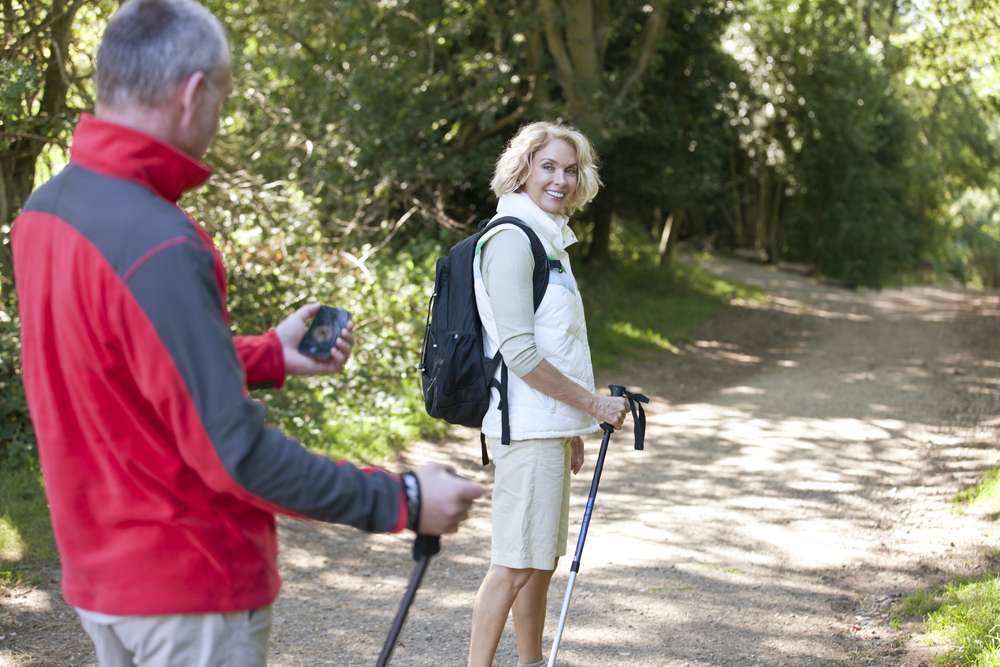
Integration of Geolocation in Learning Design Tools
In the emerging field of educational technology, the integration of geolocation in learning design tools stands as a game-changing innovation that holds the promise to revolutionize the learning landscape. Incorporating geolocation technology into learning design tools creates an interface that can provide real-time, location-based interactions, thereby enhancing the learning experience for students.
At the heart of this integration is the concept of contextual awareness, giving learning systems the ability to provide real-time reactions based on the user’s location. In practical terms, learners using a geolocation-enhanced learning tool could interact with content that changes based on their surroundings, thereby creating a unique and engaging experience not possible with traditional learning technologies.
The ubiquitous nature of smartphones and mobile devices enables easy application of geolocation features. These portable devices, carrying sophisticated GPS technology, have the capability to interact seamlessly with learner’s geographical location. Learning software utilizing geolocation can, therefore, leverage the power of these mobile devices to enhance learning experiences.
Take, for instance, the arena of environmental education. Teachers could design tasks that would require students to go to different locations to gather information about their surroundings. The data collected would then be analyzed using geolocation-enabled learning tools, adding a layer of practical knowledge to theoretical understandings.
The learning experience could further be enhanced when combined with other technologies like Augmented Reality (AR). A great example is found in so-called scavenger hunt learning activities. Students could virtually find and learn about important locations in history, art, or science in their town or across the globe, through AR overlays that are triggered when they reach particular geolocations. This virtually embedded learning provides an enriching blend of digital and physical environments.
Likewise, foreign language learning tools could adapt the language and dialect lessons based on the geolocation of the learner. This could provide a more flavored and localized language learning experience, thereby increasing the nuances and richness of language learning beyond what is possible in a traditional classroom scenario.
Yet, while the benefits are potentially significant, integrating geolocation into learning design tools also presents unique challenges. There are inherent privacy and security issues that need to be managed. Educators and tool designers will need to navigate data protection regulations and ethical considerations to ensure that students’ geolocation data is stored and used responsibly.
Overall, the integration of geolocation into learning design tools adds a new dimension to the learning experience. By enabling real-time, location-based interactions, it brings learning out of the confines of the classroom and into the evolving world. It’s a step towards a more integrated, real-world learning experience that the future generations of learners will greatly benefit from.

Future Developments in Geolocation and Learning Experience Design
Anticipating the future developments in geolocation and learning experience design involves envisioning the intersections of technology and pedagogy in novel and innovative ways. As geolocation technologies become more sophisticated and ubiquitous, they will play a more integral role in shaping the learning experience, expanding possibilities for personalized, contextual, and experiential learning.
One key development we can anticipate is the greater integration of augmented reality (AR) in geolocation-based learning. With AR, learners can overlay digital information onto their physical environments, rooting their learning experiences more deeply into their real-world context. Geolocation technologies can enable AR experiences that are contextually relevant and personalised, such as historical tours or nature learning which adapt based on the learner’s location.
Another major trend is in the realm of data-driven learning. As geolocation technologies generate a vast amount of location-based data, these can be used to tailor and optimize learning experiences. Algorithms can analyze patterns in the data to make inferences about learners’ behavior and preferences, thereby informing the design of more targeted, meaningful, and engaging learning experiences.
Mobility is another crucial factor. With the proliferation of mobile devices, learners can now learn on-the-go, breaking free from the confines of a physical classroom. Geolocation technologies can thus facilitate location-based learning experiences which are responsive to, and evolve with, learners’ mobility. Imagine a learning experience which adapts based on whether the learner is at home, at work, or commuting in-between!
However, the future of geolocation in learning design isn’t just about technological advancements. We should also anticipate the evolution of pedagogical approaches that leverage these technologies. These may include new theories and frameworks for integrating geolocation into holistic, blended learning experiences, or innovative classroom practices that incorporate geolocation-based activities or assessments.
For example, the “flipped classroom” model can be extended beyond digital content to also comprise geolocation-based experiences that students engage with before coming to class. There’s also potential for geolocation to enhance project-based learning, where students undertake community-based projects which leverage geolocation data or technologies.
Moreover, as our understanding of learners deepens through research in fields like neuroscience and psychology, we may gain new insights into how geolocation can be leveraged to enhance learning. For instance, how does learning in different contexts or environments impact memory recall or the application of knowledge? How can geolocation technologies help facilitate such context-dependent learning?
Looking forward, it’s clear that geolocation will have a profound impact on the future of learning experience design. With advancements in technology and pedagogy, we can envisage a future where learning is more personalized, engaging, and rooted in real-world contexts. However, navigating this future also requires addressing challenges around privacy, accessibility, and the digital divide. Hence, it’s vital for learning experience design professionals to stay abreast of these trends, and consider their potential implications in their practice.
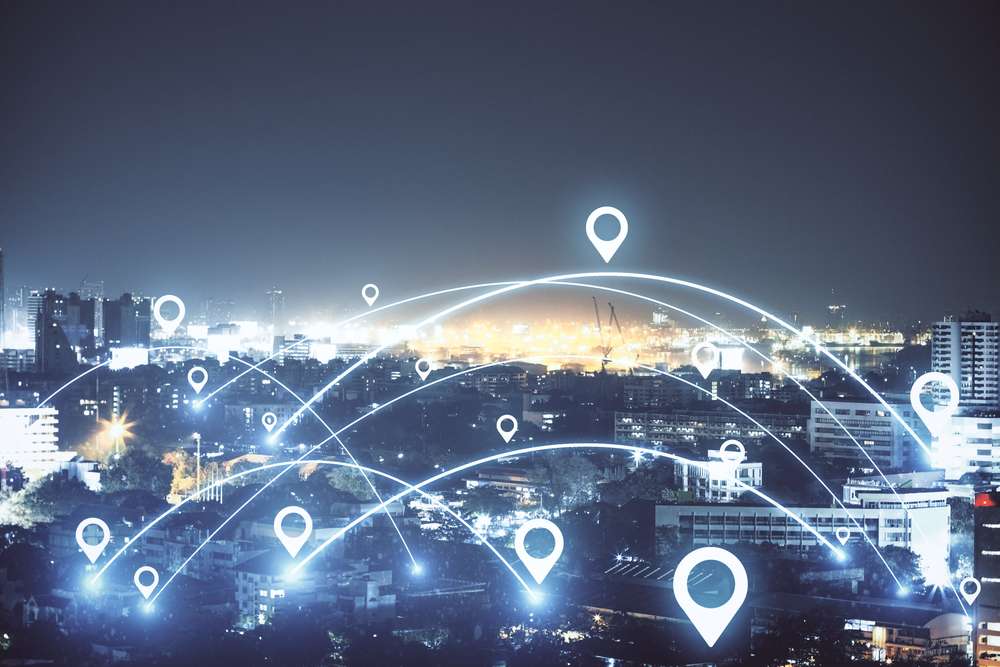
Security and Privacy Considerations in Geolocation-Based Learning Design
Security and privacy are key considerations in integrating geolocation into learning design. As education institutions and learning experience professionals adapt to modern technology, understanding the implications and risks of geolocation is essential.
One of the main benefits of using geolocation in learning design is that it allows for a more personalized and engaging learning experience. However, this personalization can lead to student data being more vulnerable to breaches, given that the learners’ location information is continually used and stored. A robust security system to protect this data is vital.
Best practices for securing geolocation data include ensuring that systems handling data are encrypted, making sure that the data is only used for its intended purpose, providing transparent data policies, and regularly auditing security measures. It’s also important to restrict who has access to sensitive geolocation data, with high-level authority approval required to access or change the data.
Further, developers of geolocation-based learning platforms should consider implementing features that allow learners to control their data, such as tools that let them easily view and modify their stored data. Handling data deletion requests should also be straightforward, following principles of the Right to Erasure (‘Right to be Forgotten’) under the European General Data Protection Regulation (GDPR).
Often, the precise location is not necessary, and a more general location can be used instead. This less precise data is less sensitive and less likely to contribute to a significant privacy violation. Moreover, geolocation data should only be kept for as long as necessary for the learning experience, which reduces the likelihood of data breaches.
Privacy considerations are equally important. The inherent personal nature of location data makes privacy a core issue. Learners must be aware of how their information is used and the purpose behind collecting such information. Clear, concise, and readily accessible privacy policies can help ensure students understand these details.
However, educators and learning experience designers should also ensure that geolocation features are optional wherever possible. Not only does this enhance privacy by allowing learners to opt-in or out at will, but it also ensures the learning experience is inclusive for those who are uncomfortable sharing their location. This approach ensures that learners don’t feel pressured into sharing data they’re not comfortable with, which can increase their acceptance and trust in the technology employed.
To ensure privacy, geolocation features should utilize technologies that anonymize data and prevent individuals from being singled out based on their location information. These could include measures such as random identifiers that cannot be linked back to the individual without additional information.
In conclusion, while geolocation can offer exciting possibilities for learning design, it brings along its own set of challenges around security and privacy. As the field continues to evolve, learning experience professionals need to navigate these considerations carefully, using strong cybersecurity measures, fostering transparency, and maintaining respect for learner’s privacy as guiding principles.
Educational institutions and learning design professionals have a responsibility to create a safe and secure learning environment. As geolocation becomes a more prevalent tool in learning design, professionals must be aware of these challenges and be prepared to implement safety measures that protect the privacy and security of their learners.
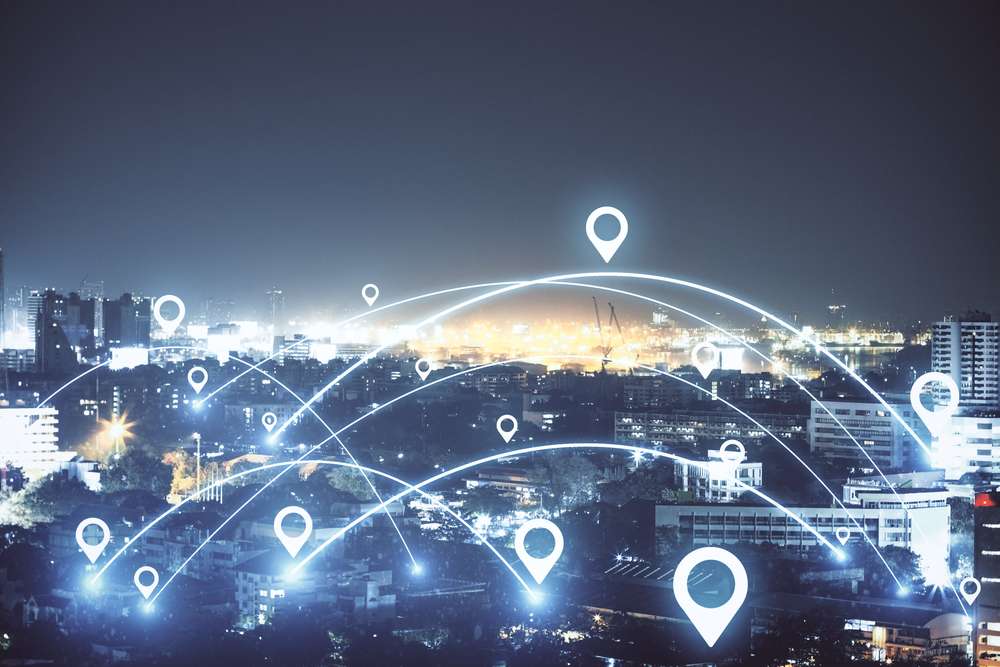
Role of Geolocation in Immersive Learning Experience Design
Immersive learning, often achieved through the use of advanced technologies such as virtual reality (VR), augmented reality (AR), and mixed reality (MR), has emerged as a powerful tool in the field of education and learning experience design. Geolocation, the identification or estimation of the real-world geographic location of an object, presents a unique opportunity to augment these digital learning environments and make them even more engaging and realistic.
Geolocation can enhance an immersive learning experience in terms of authenticity. For instance, it can be used to transport students virtually to a real-world location without leaving their classroom. Students studying history could explore ancient monuments, while geography students could traverse different terrains, albeit virtually using VR/AR technologies. Geolocation can add to the accuracy and realism of these simulations, providing learners with a near-real experience of different topographies, structures, or historical periods.
Furthermore, using geolocation, learning experience designers can incorporate contextual learning in their design. Lessons designed around the learner’s location or tailored according to their cultural, historical, or physical environment will be more meaningful and easier for learners to relate with. The use of localized language, illustrations, or relevant case studies can foster a sense of connection with the learning material.
Another effect of geolocation in immersive learning design is the creation of location-based learning experiences. This includes geocaching activities, local field trips using AR, or city-wide learning games. This ability to combine physical movement with learning can add an enhanced dimension to engagement, making learning more active and capturing the learners’ interest more effectively.
One interesting potential of geolocation is its mariage with augmented reality to create community-based learning. Imagine AR applications that learners can interact with in their city or town, unlocking new learning possibilities based on their location. This kind of learning design can foster community engagement, turning entire cities or towns into interactive classrooms.
However, while geolocation presents exciting possibilities for immersive learning design, it also raises important considerations. Privacy and safety of the learners must be paramount when designing geolocation-based learning experiences. Clear guidelines and protocols should be in place to ensure the anonymity and safety of learners.
Integrating geolocation into immersive learning design also requires thoughtful execution. It’s important that the use of geolocation actually adds value to the learning experience, and doesn’t simply serve as a novelty that detracts from the learning goals. Thus, learning experience designers must carefully plan and execute the integration of geolocation, in a way that ties into the learning objectives seamlessly.
In conclusion, the role of geolocation in immersive learning experience design is vast and holds tremendous potential. When used thoughtfully and responsibly, it can create engaging, realistic, and contextually relevant learning experiences that can enhance the learning outcomes and make the process of learning more meaningful and enjoyable for learners.
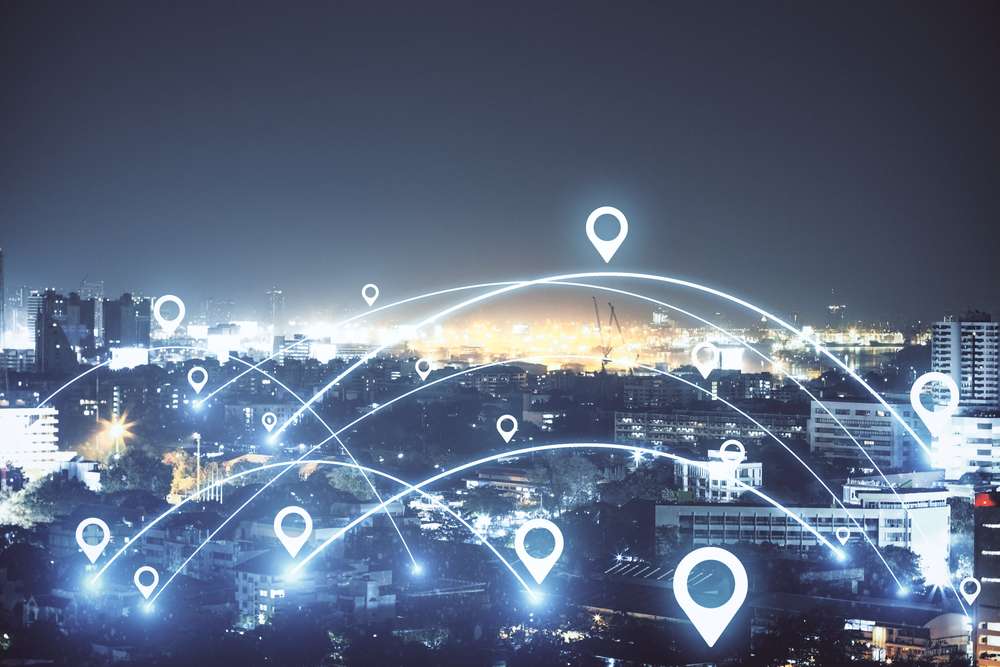
Case Studies: Using Geolocation to Enhance Learning Design
Geolocation technology has emerged as a promising tool in learning design. By collecting geographic data for digital learners, educators can deliver personalized learning experiences that cater to the individual learner’s unique environment. Various educational institutions and companies have pioneered this approach, bringing forth intriguing case studies that highlight the potential of geolocation in enhancing learning design.
Our first case study comes from a higher education institution. Geomapping was integrated through an app designed for historical studies students. The program correlated historical events with the geographic location they occurred in. When students found themselves in locations of historical significance, they received notifications relating to the event, turning their surroundings into a living history lesson. This not only brought the subject to life but also increased engagement and retention by interrelating the course content with ‘real world’ context.
In the corporate sphere, a large multinational company used geolocation to deliver training to its widely-spread global staff. It created location-specific learning materials that took into account not only the regional language but also the local regulations, cultural norms, and working practices. The geolocation feature ensured that employees received only the relevant modules, making the training more efficient, relevant, and accessible.
Another impressive application of geolocation is observed in a primary school setting. Using augmented reality (AR) combined with geolocation, teachers created location-based quests where students had to explore specific areas within the school premises to find AR objects tied to lesson themes. The excitement of the quest coupled with the connection to their physical environment provided a highly stimulating and interactive learning experience.
SciStarter, a citizen science project, uses geolocation in a compelling way to involve people in scientific research. Based on the user’s location, it suggests relevant research projects they can contribute to, such as monitoring local bird populations or contributing to astronomy projects. This collaboration not only enhances learning but also cultivates a connection between learners and their local environment.
Lastly, language-learning app Duolingo uses geolocation to recommend less commonly studied languages in the user’s location, thereby promoting linguistic diversity.
These case studies emphasize how the incorporation of geolocation in learning design can foster engagement, personalize content, improve accessibility, and ultimately enrich the educational experience. As geolocation technology continues to evolve, further exciting applications will emerge, promising a future of learning that’s immersive, relevant, and deeply connected to our lived reality.